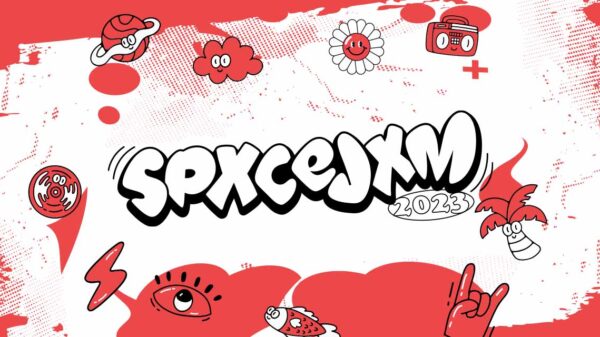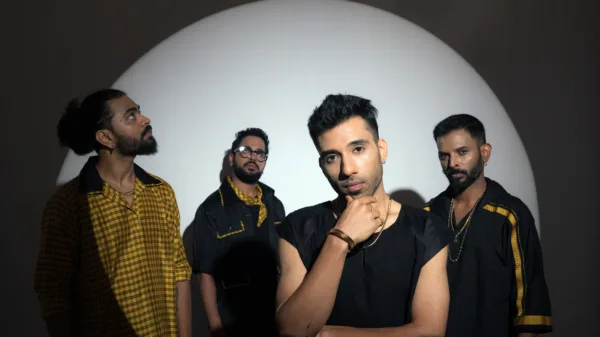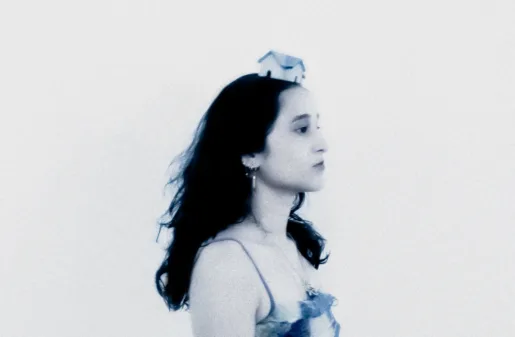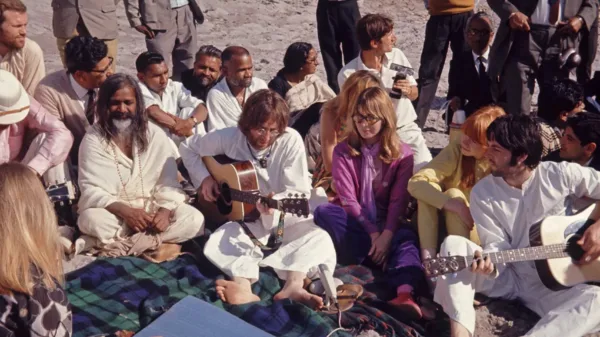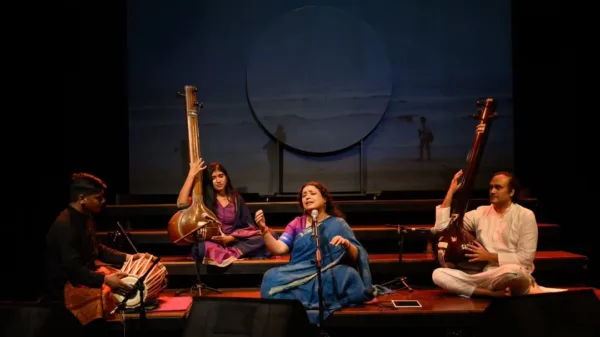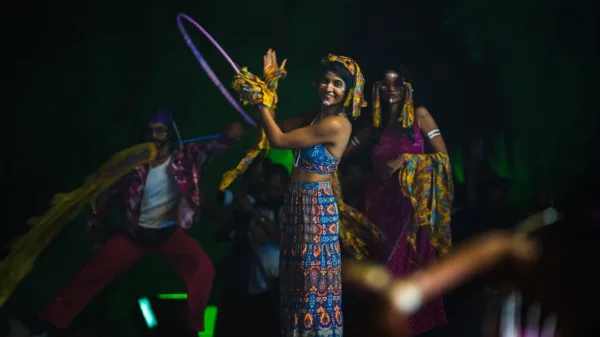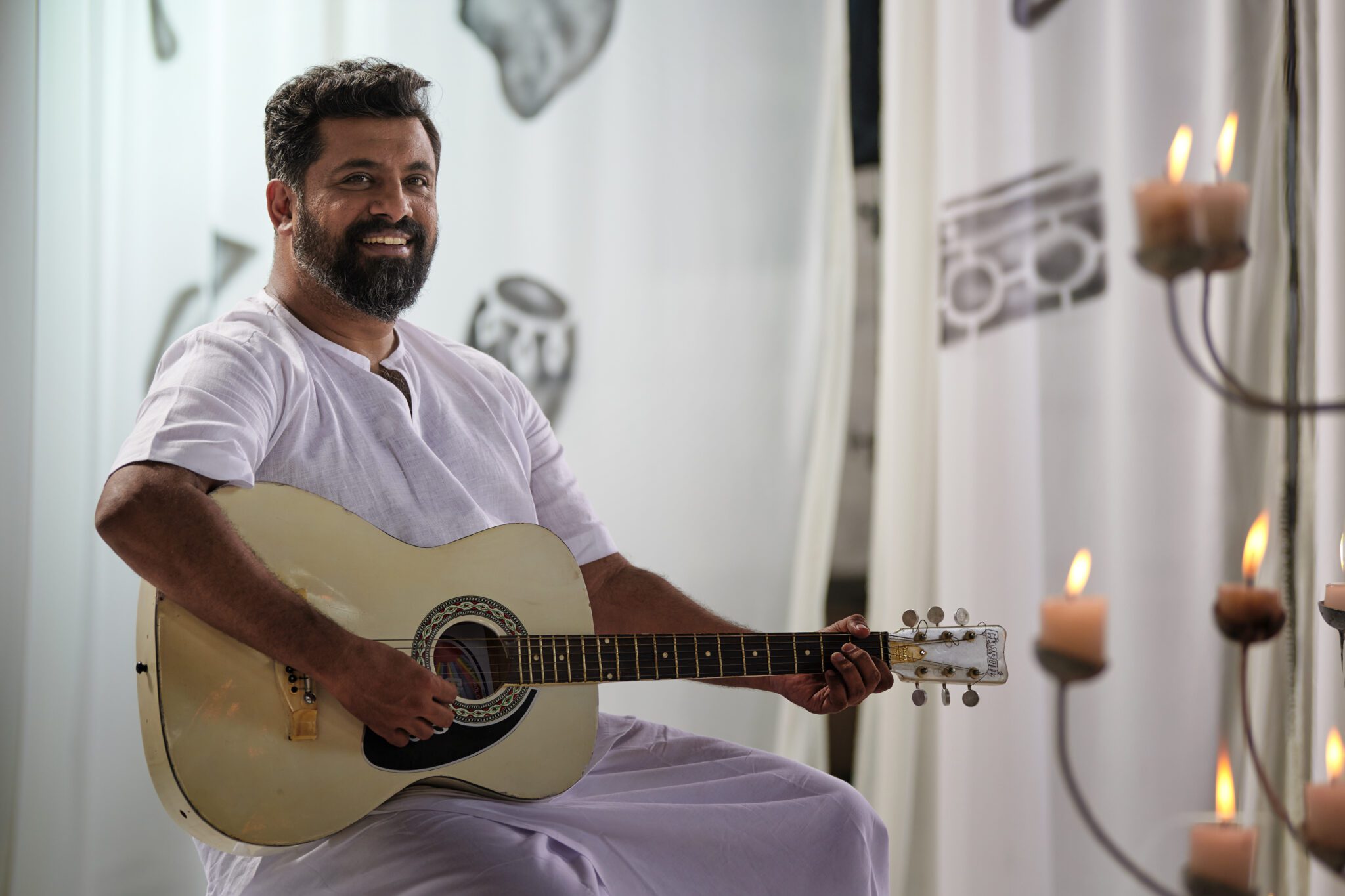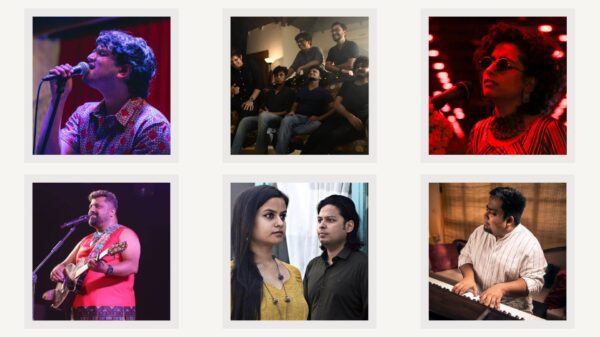There’s always a time in our lives when we want to lay off the adult seriousness to experience childlike joy. Nothing profound, nuanced, or complicated. Just pure joy, like eating a sweet as a child. While searching for such joy, popular Indian contemporary folk artist Raghu Dixit created ‘Shakkar,’ his third album.
Created at a time when he felt stripped of desire to live, the artist fondly says, “This piece of work here, she walked me back to life. She appeared quietly, unasked, and sat with me, while I pieced back my urge to make music.” An 8-track multilingual album, ‘Shakkar’ runs for about 38 minutes featuring some brilliant musicians like Micheal League, Bela Fleck, Rajhesh Vaidhya, and Purbayan Chatterjee.
Kickstarting the album is the track ‘Shakkarpari,’ a song that talks about people who go around bringing a smile to people’s faces just because. Creating an imaginary story about a certain sugar fairy aka Shakkarpari, the song has rich arrangements, fast-paced rhythms, and blissful harmonies. It reminds you of a long-forgotten innocence and purity with Raghu Dixit’s most expressive vocals and Bela Fleck’s impeccable banjo skills. Raghu Dixit’s accentuated pronunciation of certain words gives his signature folksy touch to the song that exudes pure joy. The song was released in multiple languages including Kannada, Hindi, Tamil, and Telugu, and has the most delightful music video to accompany it. Revolving around a schoolgirl (played by Diya Hegde) who steals sugar from the market only to distribute it to those who have never experienced sweetness, the story sheds light on such sugar fairies all around us.
The album also seems to subtly mention how we all need that feminine energy to heal something within. It uses women to describe how when things get too serious and rough, some feminine energy can let us loose, like the aforementioned song. The third song in the album, ‘Priyotoma,’ also talks about women are beautiful no matter the colour of their skin. Beginning with a pleasant acoustic guitar intro, the song exalts the beauty of a dusky girl through the enamoured eyes of her lover for whom, she is the sunshine of his mornings. With soaring vocals and banjo sections, this is one of the softer songs in the album with a beautiful violin solo by Akshay Ganesh adding a slight Carnatic touch to the classical modern folk song.
Neeraj Rajawat, the lyricist for most of the songs in ‘Shakkar’ is someone who must be mentioned while talking about the reasons for the success of the album. The sentiments that the artist wants to convey have been intelligently cloaked, mildly salted in humour. For example, ‘Cheenta,’ one of the songs in the album talks about an ant dreaming of owning a sugar mill someday. So much is said in this song that has some amazing trumpet sections by Rafael Rocha, who also played the saxophone and Trombone. It also features some vocal scatting by Varijashree Venugopal and has some Brazilian influences.
Through this album, Raghu Dixit has been very vulnerable about his mental health struggles and other battles. Talking about the song ‘Khud Se Naina Char,’ the artist said, “One of the crucial strategies that helped me triumph over acute depression and suicidal thoughts was learning to embrace self-love.” By acknowledging my failures, defeats, flaws, and mistakes, he shared that he found his path to liberation, freedom, and genuine happiness. A song that urges the listener to look at himself/herself, it talks about the importance of self-acceptance with beautiful sitar melodies by Purbayan Chatterjee. Starting with a choir-like intro, the rich Qawwali–like arrangements create an uplifting atmosphere. ‘Alemaari,’ on the other hand is a song that talks about the nomadic lifestyle. Alemaari, which translates to wanderer and seeker, poses the question of whether we are all nomads in some form. The track in Kannada talks about travelling far and deep within ourselves in search of all that’s within – the good, bad, and the ugly and ultimately making friends with them. Written by Kiran Kaverappa, the track has an ethereal touch with it with a Carnatic-style electric guitar section played by John Paul, and Latin percussions by Pramath Kiran and Veena.
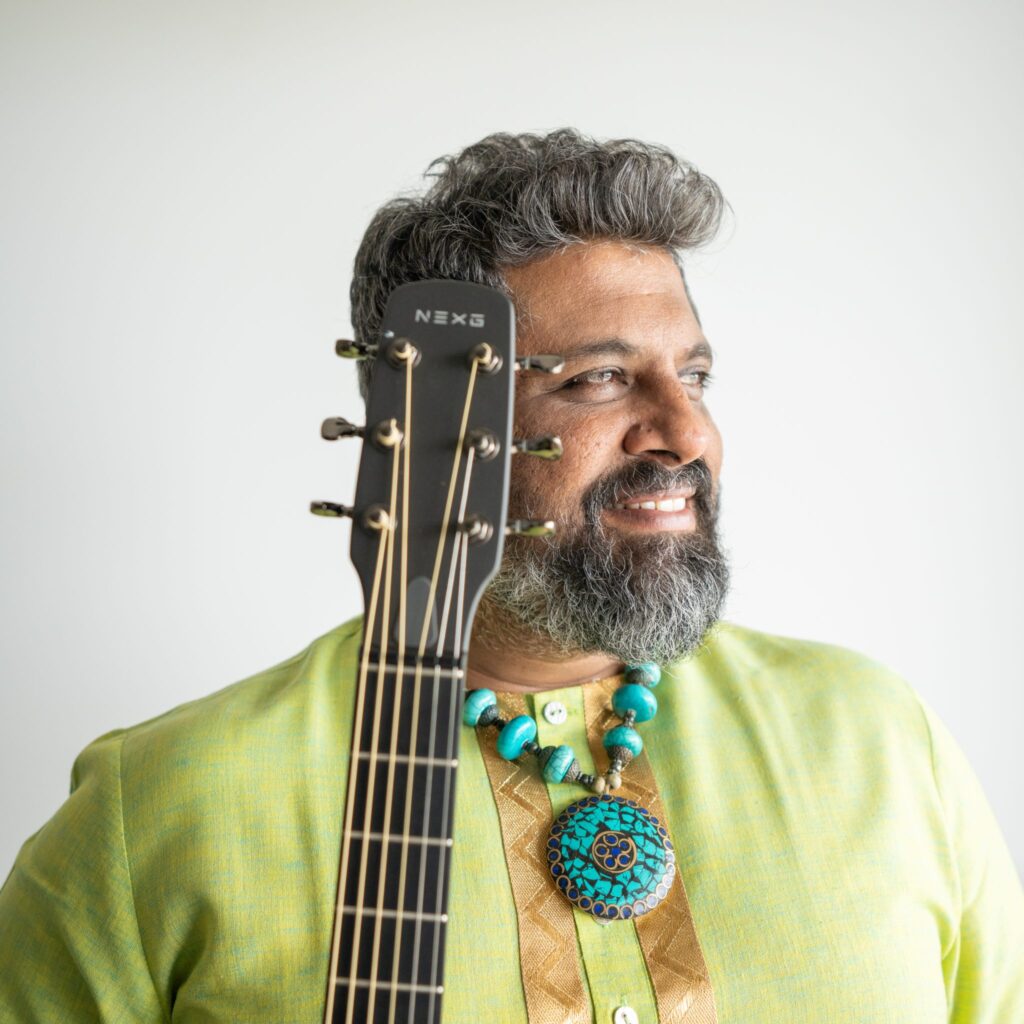
No Raghu Dixit album is complete without some Kannada folksy songs. ‘Kudilikke Hattidyanna,’ originally written by the late poet Dr. Da Ra Bendre sounds cautious to a young man desiring a drink while also counter-arguing so what if he makes mistakes and loses the way because you might end up finding a better destination? This danceable trumpet-heavy song has a lot of Kannada folk rhythm influences with tappattai played by Shruti Raj. ‘Geeya Geeya’ is another song that talks about dancing and singing in joy not being a physical act but an act of subversion. Lyrics written by Vasuki Vaibhav, talk about overthrowing the authority of your mind with the gimbri and bass played by Micheal League of Snarky Puppy and harmonium by Praveen D Rao. The song that has some Maratha percussions asks you to literally let your hair loose, dance, sing, and liberate yourself.
Finishing off the album is ‘Do Saason Ke Beech,’ a heartwarming song about how the artist’s relationship with his father changed after his passing. Building on something that his mother said when asked about why she married a man he detested from his childhood, the song talks about a love that’s present between every two breaths the person takes. With Raghu Dixit’s dusky vocals, violin, and cello melodies, the song has a beautiful ballad-like quality. The heart-touching song is quite out of the ordinary because it reminisces about a love you weren’t able to witness before.
The album that was promoted with the hashtag #SongsAboutStayingAliveWhenYouDon’tWantTo, ‘Shakkar’ truly adds some new feathers to Raghu Dixit’s cap. It truly documents the riot within and it’s always nice to see renowned artists experimenting with new sounds while still being rooted in their style. This, in my opinion, is the mark of a commendable musician.




